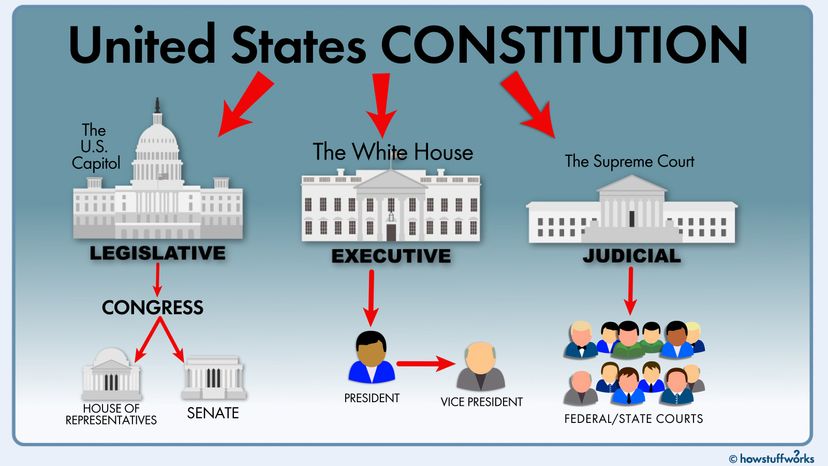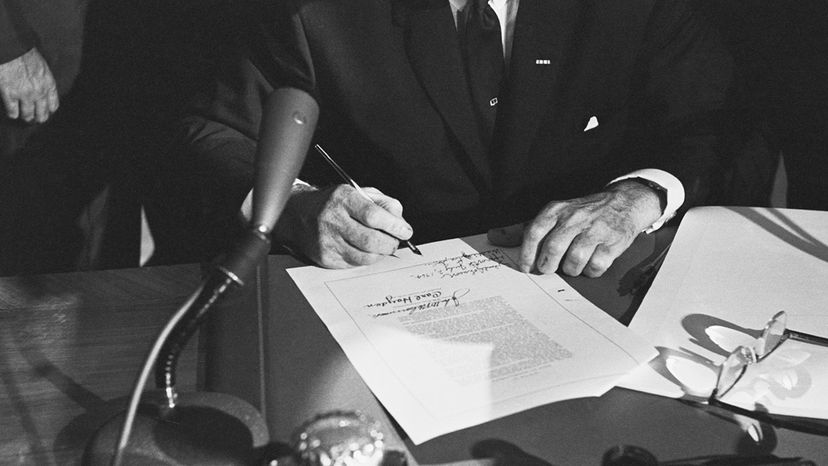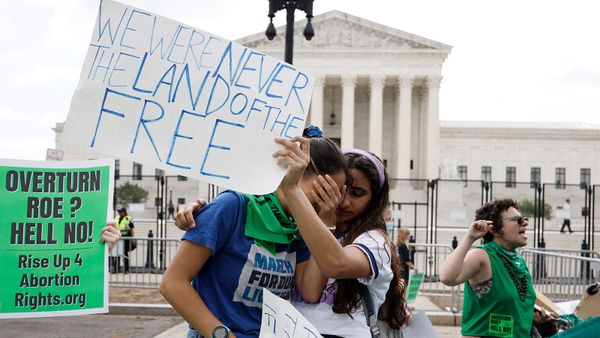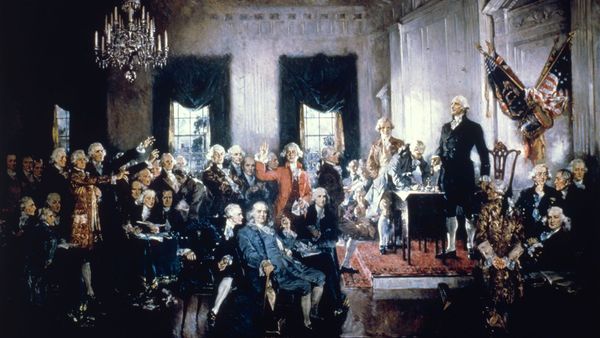
If you're a person who isn't a hardcore political junkie, you may find yourself bewildered by how the three main parts of the U.S. government continually seem to be butting heads instead of working together on solutions to the nation's problems. But, as we'll see, the government was structured in three parts for a reason. The three branches are:
- The executive branch, which includes the president and the agencies he controls;
- The legislative branch, consisting of the two houses of Congress, which are the House of Representatives and the Senate; and
- The judicial branch, which includes the Supreme Court and all the nation's federal and state courts.
In the abstract, here's how the system sort of works. The president might press Congress to pass legislation on some issue that he made a campaign promise to enact. After lots of arguing and finagling, legislators pass a bill, which sometimes turns out to be very different from what the president asked for. If he doesn't veto the bill, he may issue a signing statement that spells out how the federal agencies he controls are going to enforce the law in a different way than Congress intended. Then, the executive branch draws up regulations for how to enforce the law and it takes effect. Congressional committees may hold hearings to scrutinize what the executive branch is doing.
Advertisement
And to top it all off, the U.S. Supreme Court might step in and smack down both the president and Congress, by ruling that some part of the law is unconstitutional, forcing them essentially to start over.
Crazy as it seems, that's how the nation's founders actually intended the system to work, because they didn't want any one part of the government to have too much power. To that end, they filled the U.S. Constitution with checks and balances that each branch could impose upon the others. The idea was that those three branches eventually would hammer out compromises that everybody could live with.
Advertisement



